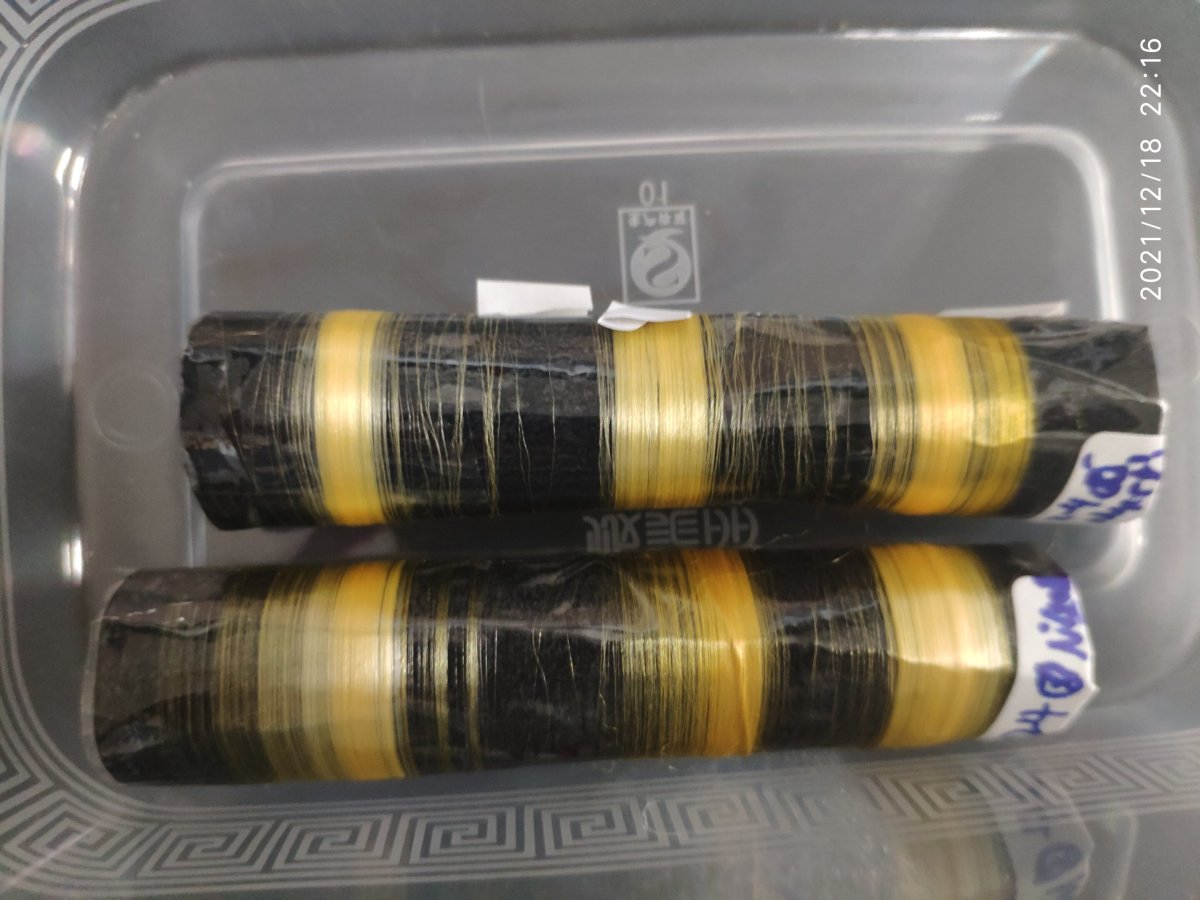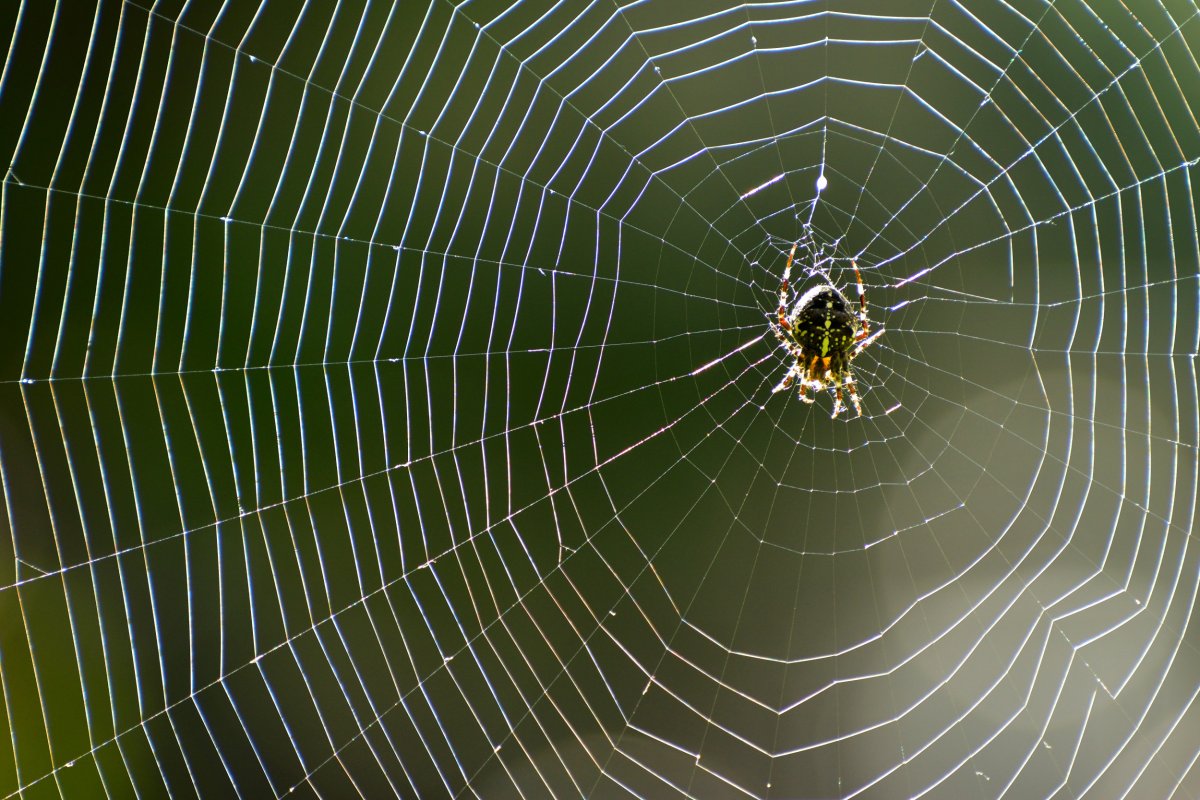Spider silk—six times tougher than Kevlar and stronger than steel—has now been produced by an unexpected source.
Spider silk is a biological protein fiber spun by spiders. Many of these fibers have exceptional properties, including high tensile strength, extensibility and toughness, being able to absorb large amounts of energy relative to its thickness before breaking. While silkworms also spin silk, their silk is less mechanically impressive, but much easier to harvest.
Using genetic modification, scientists at China's Donghua University have figured out how to use silkworms to produce spider silk, according to a new study in the journal Matter.

Uses of Spider Silk
This may enable the manufacturing of spider silk using silkworms instead of spiders, which could possibly be used in healthcare, to make "innovative" bulletproof vests, and eco-friendly fibers within industries including, not only the medical fields but also aerospace technology and biomedical engineering, Junpeng Mi, co-author of the paper and a Ph.D. candidate at the College of Biological Science and Medical Engineering at Donghua University, told Newsweek.
"When it comes to the potential applications of spider silk, the first thing that naturally comes to mind is its use as a biodegradable surgical suture. Globally, there are at least 300 million surgeries performed each year, and using non-biodegradable sutures like nylon necessitates a second procedure for removal, causing additional harm to the patient.
"Additionally, it can be utilized in the production of high-end clothing and even in the manufacturing of innovative ballistic vests," Mi said.
"Our research provides valuable insights into the fundamental essence of fiber toughness and tensile strength, challenging the conventional notion that these properties are contradictory," the authors wrote in the paper. "These findings have significant implications for guiding the production of synthetic commercial fibers that simultaneously possess high strength and ultra-toughness."
How to Get Spider Silk from Silkworms
The scientists achieved this by genetically modifying silkworms to contain silk genes from spiders, using CRISPR-Cas9 gene editing technology and microinjections of the modified DNA into fertilized silkworm eggs.
"Silkworm silk is presently the only animal silk fiber commercialized on a large scale, with well-established rearing techniques," Mi said in a statement. "Consequently, employing genetically modified silkworms to produce spider silk fiber enables low-cost, large-scale commercialization."
They also used a "localization" modification on the spider silk proteins, enabling them to properly function within the silkworm silk glands and successfully spin the spider silk.
"This concept of 'localization,' introduced in this thesis, along with the proposed minimal structural model, represents a significant departure from previous research," said Mi. "We are confident that large-scale commercialization is on the horizon."

The Future of Spider Silk
"These fibers exhibited impressive tensile strength (1,299 MPa) and toughness (319 MJ/m3), surpassing Kevlar's toughness 6-fold," the authors wrote in the paper of the transgenic silkworm-spider silk.
It's hoped that this research could pave the way to a future using less synthetic fibers, such as nylon, as these release microplastics and are produced from fossil fuels. However, using artificial spider silk to fill the niche hasn't been an easy task so far, as the silk needs to be spun in a way that coats it in glycoproteins and lipids, helping it withstand humidity and exposure to sunlight.
Using silkworms instead overcomes this issue, as the silkworms themselves can coat the silk in the protective layer.
"We believe that a full-scale replacement of synthetic fibers like nylon with spider silk will take some time, but there are specific areas, such as surgical sutures, where it can already substitute commercial synthetic fibers," Mi told Newsweek. "Moreover, the textile industry holds great promise for spider silk to replace synthetic fibers. There is no difference in breeding regular silkworms and genetically modified silkworms, and there is no increase in costs. China produces tens of thousands of tons of silk annually, so I believe we will see its commercialization in the not-too-distant future."
The authors hope to further develop spider silk technology, possibly creating silk using natural and engineered amino acid building blocks.
Do you have a tip on a science story that Newsweek should be covering? Do you have a question about genetic modification? Let us know via science@newsweek.com.
Uncommon Knowledge
Newsweek is committed to challenging conventional wisdom and finding connections in the search for common ground.
Newsweek is committed to challenging conventional wisdom and finding connections in the search for common ground.
About the writer
Jess Thomson is a Newsweek Science Reporter based in London UK. Her focus is reporting on science, technology and healthcare. ... Read more
To read how Newsweek uses AI as a newsroom tool, Click here.








